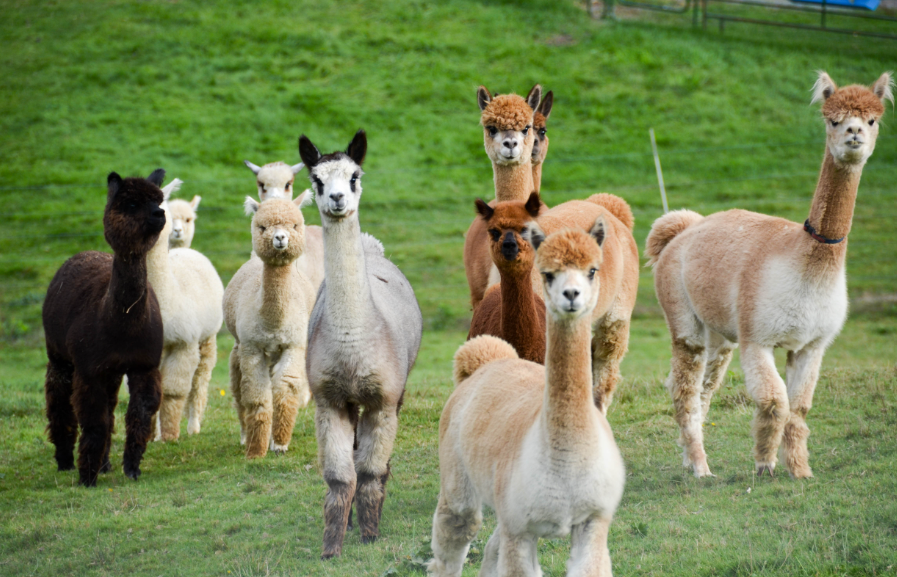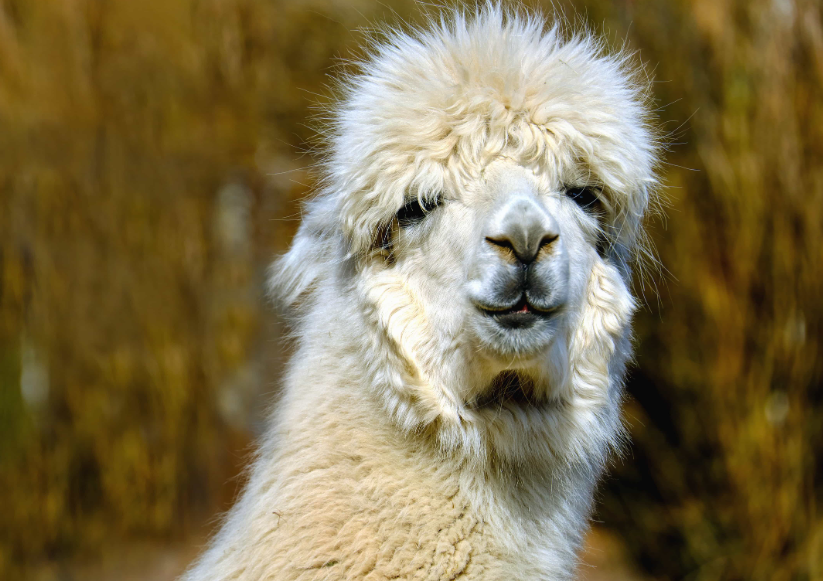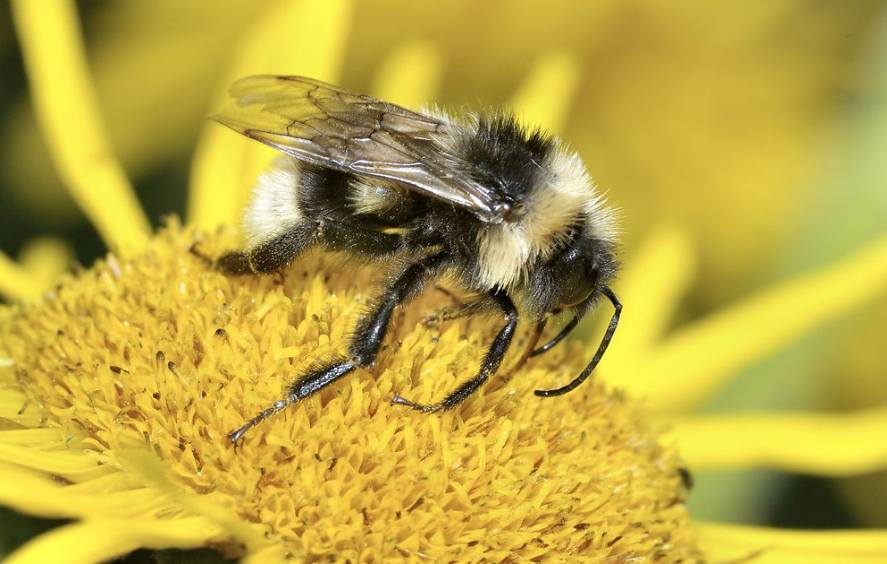
Alpacas as domesticated South American camelids
Domesticated camelids from South America are called alpacas. They are renowned for their velvety, plush fleece, which is available in an array of natural hues. Being herbivores, alpacas mostly eat grass and other plants. They can effectively take nutrients from their diet because of a special digestive mechanism.
Herding behaviour and social structure, emphasising their strong bond with other alpacas.
Alpacas are gregarious creatures that inhabit herds, usually made up of females and their young. They use a variety of vocalisations, body language, and even spitting to communicate. Alpacas are kind and inquisitive animals that often have a relaxed and amiable attitude.
Alpacas are prized for more than just their wool; they are important to sustainable agriculture. Their grazing practices lower the danger of wildfires and preserve healthy pastures. Their faeces also make fantastic natural fertiliser. Since they were first tamed thousands of years ago, alpacas have fascinated people and are now valued members of many communities due to their distinctive qualities.
Alpacas around the world
People all throughout the globe are fascinated with alpacas, which are fascinating animals. These kind and perceptive creatures are indigenous to South America, more specifically Peru, Bolivia, and Chile.
1. Alpacas belong to the family of camelids
Alpacas have close kinship with vicuñas, camels, and llamas. Their padded paws, cleft top lip, and lengthy necks are just a few of the morphological and behavioural traits they have in common with their camelid forebears. Alpacas, however, lack humps, in contrast to camels.

2. Two varieties of alpaca exist
Alpacas come in two primary breeds: Suri and Huacaya. The soft, crimped fleece of Huacaya alpacas gives them the look of a teddy bear. Conversely, Suri alpacas have long, silky hair that cascades down from their bodies, giving them a refined, majestic appearance.
3. Alpacas are valued for their soft fur
The very silky and warm fleece of alpacas is one of the primary factors driving their breeding. Alpaca fibre is ideal for crafting warm clothing and accessories since it is hypoallergenic, lightweight, and very insulating. Furthermore, alpaca fleece is available in a broad spectrum of natural hues, ranging from brown and black to white and beige.
4. Eco-friendly grazers, alpacas
Alpacas, in contrast to other livestock animals, have a special grazing method that protects the environment. Instead of uprooting plants to graze, they nibble the tops of the plants, which speeds up the rate at which the vegetation regrows. Because of this, alpacas are great for managing land sustainably and reducing soil erosion.
5. Alpacas are gregarious creatures
Alpacas are gregarious animals that live in herds. They form deep relationships with other herd members and possess a strong sense of community. They use body language and a range of noises, including clicking, orgling, and humming, to convey their intent and feelings.
Unique fleece of alpacas, and it is hypoallergenic
These are just a few of the many amazing facts about alpacas that exist. Alpacas are really amazing creatures that are well worth knowing more about, whether you are interested in their distinctive fleece, how they affect the environment, or their social nature.
Fascinating facts about Alpacas
A kind of camelid native to South America, alpacas live in the Andes mountain ranges of Ecuador, Bolivia, Peru, and Chile. They belong to the same family of camelids as guanacos, vicunas, and llamas. Because they were valued for their meat and fibre, alpacas were domesticated in the Andes for more than 5,000 years. The following are some alpaca facts:
1. Alpacas are related to llamas, guanacos, and vicunas, and they belong to the camelid family.
2. Alpacas typically weigh between 110 and 200 pounds, making them somewhat smaller than llamas.
3. Alpacas have opulent fleece that is available in a variety of hues, such as white, black, grey, and brown.
4. The Huacaya and the Suri are the two varieties of alpaca. Suris have long, sleek hair that dangles in ringlets, while Huacayas have a fluffy, crimped coat.
5. Alpacas consume hay, grass, and other plant-based diets since they are herbivores.
6. Alpacas are gregarious creatures who interact together in herds.
7. Alpacas are clever animals who have even been taught to pull carts and utilise a lead and halter.
8. Alpacas have a limited vocal range, with a few notes at each end that generate a quiet, hollow sound when they express themselves.
9. Alpacas have a 15–20-year lifespan on average.
10. Caps, sweaters, and other clothing items are made from alpaca wool. It is water-resistant, warm, and lightweight.

#alpacas, #facts about alpacas, #alpaca fleece, #camelid family, #social behaviour of alpacas


